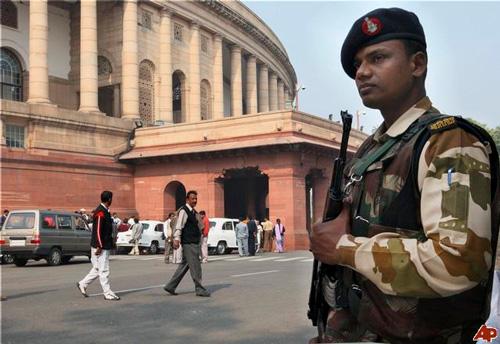Энэ 7 хоногт
Indian Parliament gives women a third of its seats
Indian politicians took an important step on the path to making history when they overwhelmingly voted to reserve a third of all legislative seats across the country for women this Tuesday.

Indian politicians took an important step on the path to making history when they overwhelmingly voted to reserve a third of all legislative seats across the country for women this Tuesday. The upper house of the country’s federal parliament voted 186-1 to set aside the seats in the national and state assemblies, having overcome more than a decade of opposition.
Even though two of the most influential figures in the history of India since its independence from Britain in 1947 – Indira Gandhi and her daughter-in-law, the current Congress Party leader, Sonia Gandhi –, only 21 women in the 233 member upper house, representing around 9%, and 59 in the 545 member lower house, under 11%, India ranks 99th in the world in terms of female representation among MPs (UK 66th).
On Monday, International Women’s Day, a vote on the bill was blocked by unprecedented scenes in the upper house when opponents of the measure snatched copies of the proposed legislation and tore them apart.
Having been passed by the upper house, the legislation will now head to the lower house where it is expected to pass comfortably because of support for the measure from both the government and the main opposition party, the Bharatiya Janata Party. It will also have to be agreed to by 15 of India’s 28 states before it can finally become law.
According to a UN report, 43 million in India and 96 million women across Asia have “disappeared” because of a gender gap that deprives them of access to healthcare and good nutrition. In India, a traditional preference for male children, especially in the north of the country, has lead to huge problems of female foeticide. Tragically, the small number of women in these regions leads to a shortage of potential brides and the trafficking of women from other areas. Girls are also less likely to have access to education and, as a result, the national literacy rate for women stands at less than 55 per cent, while for men it is 77 per cent.
Эх сурвалж Өдрийн шуудан сонин






